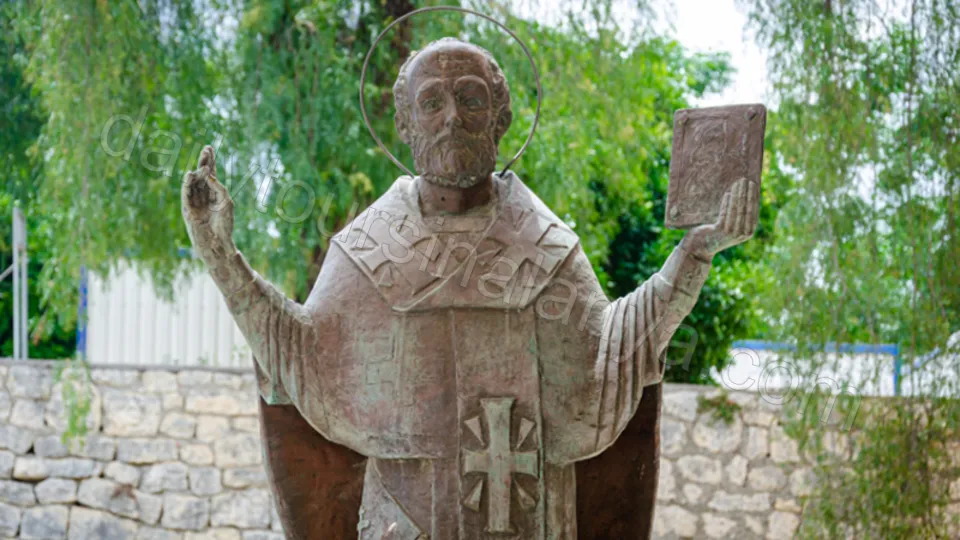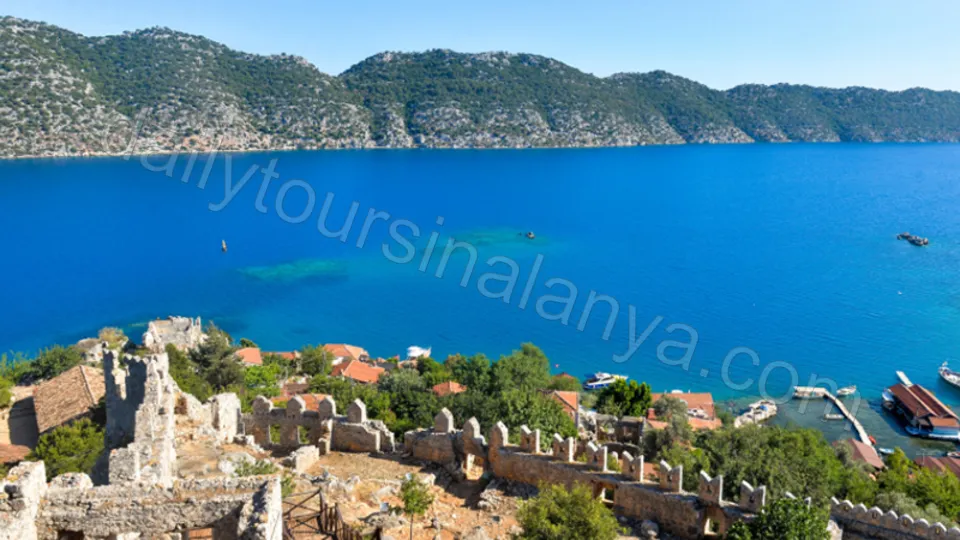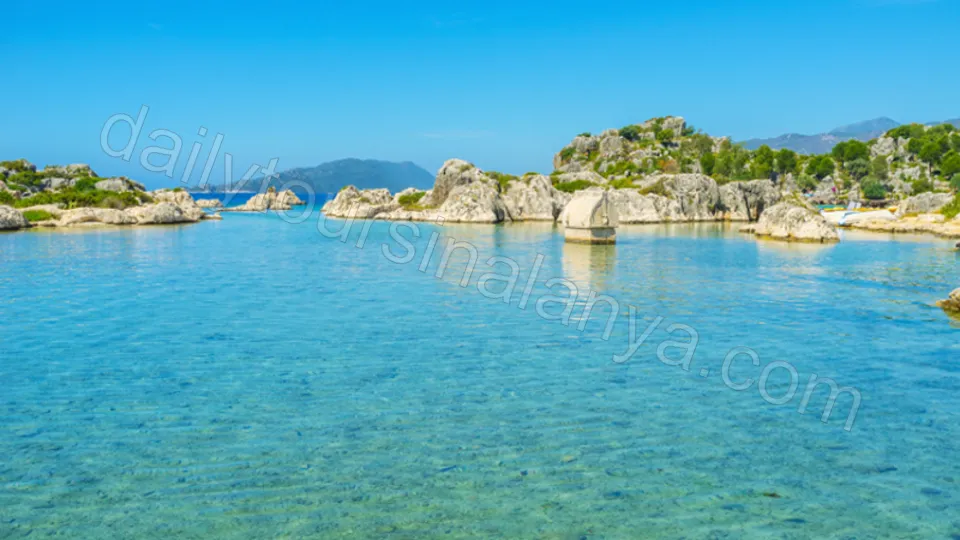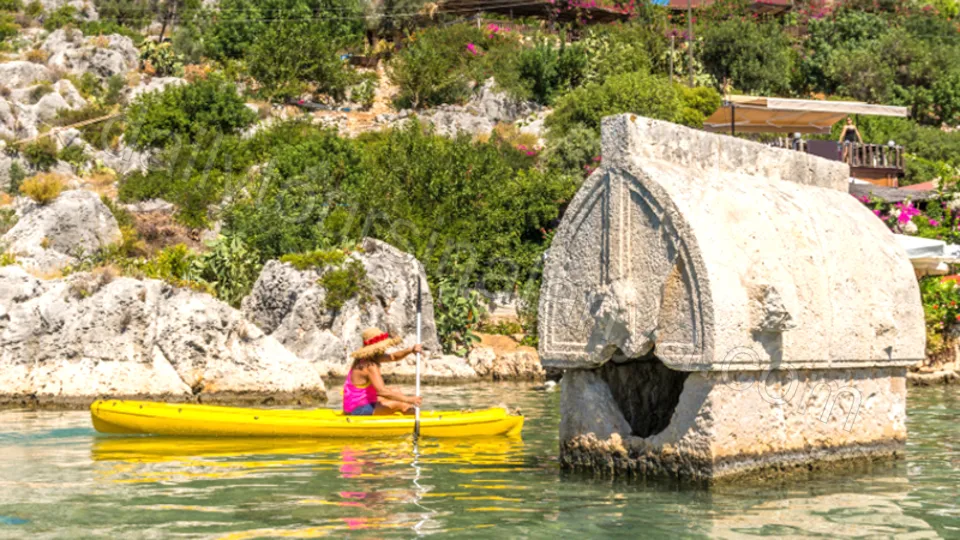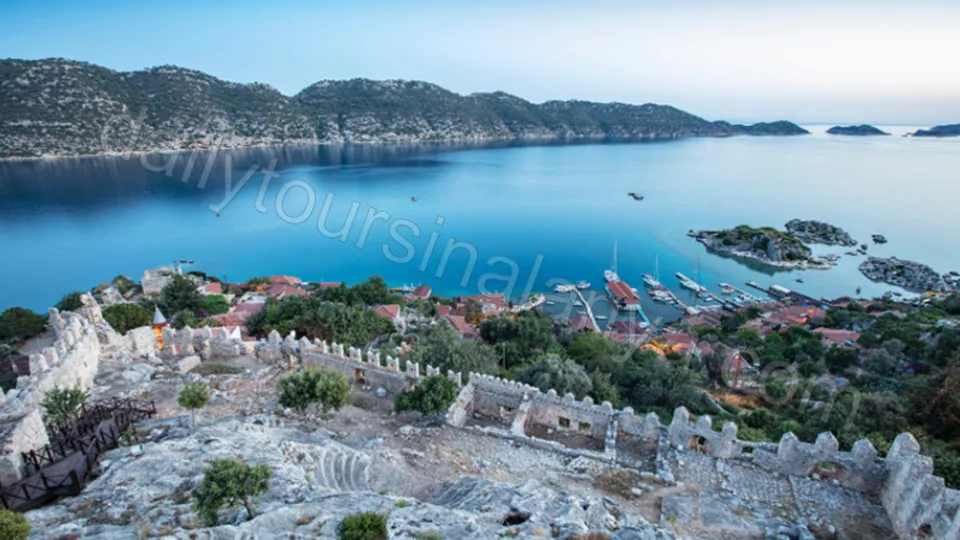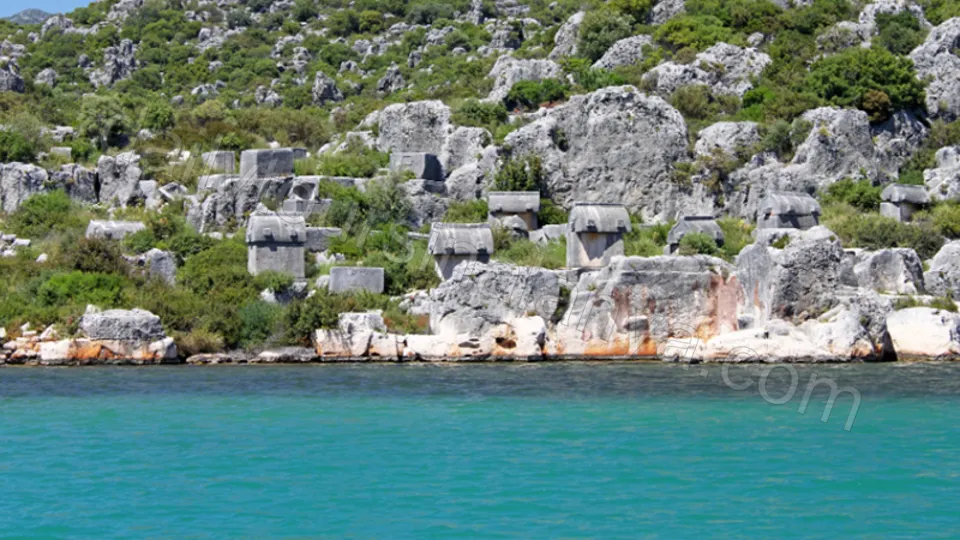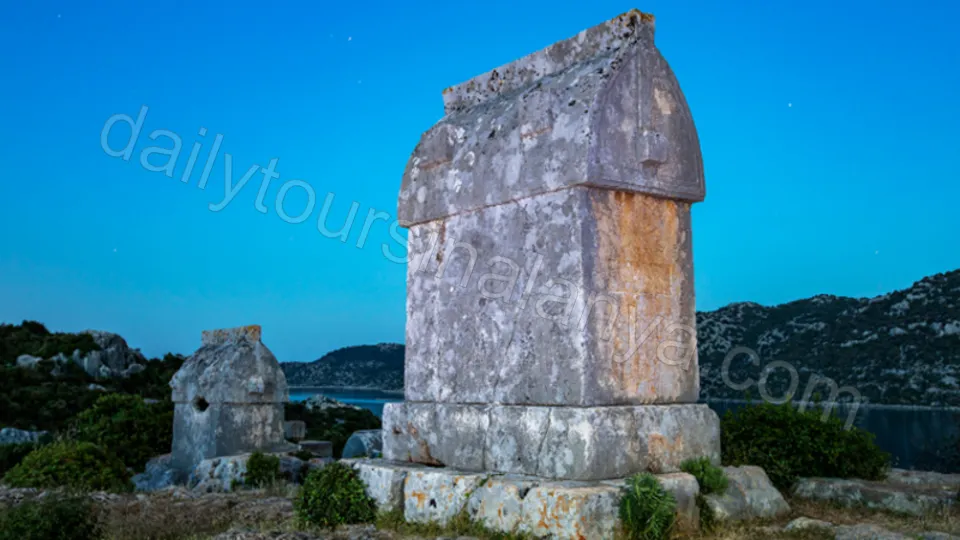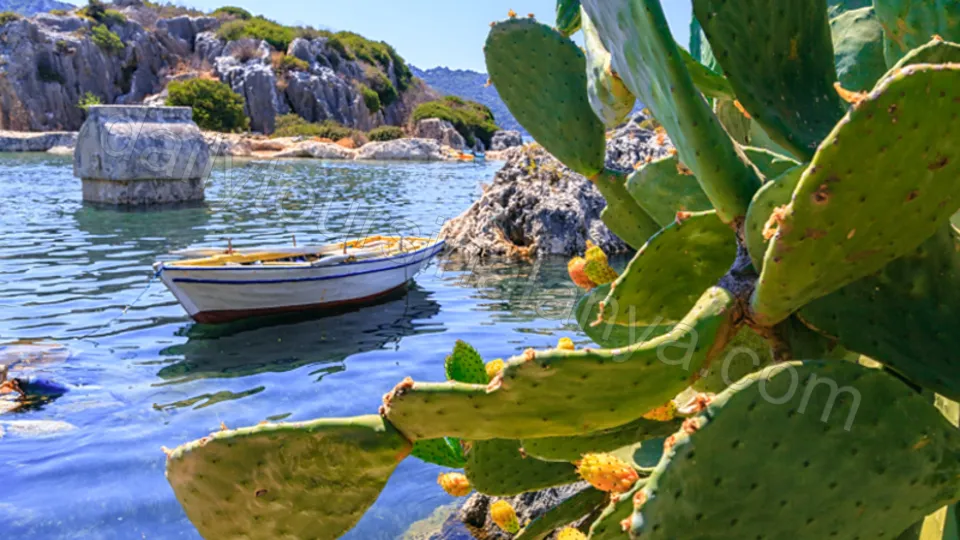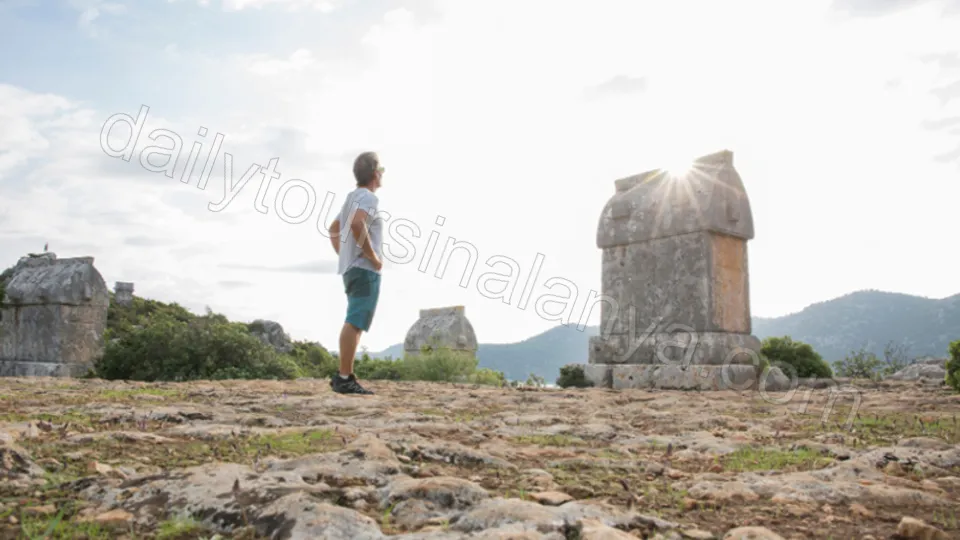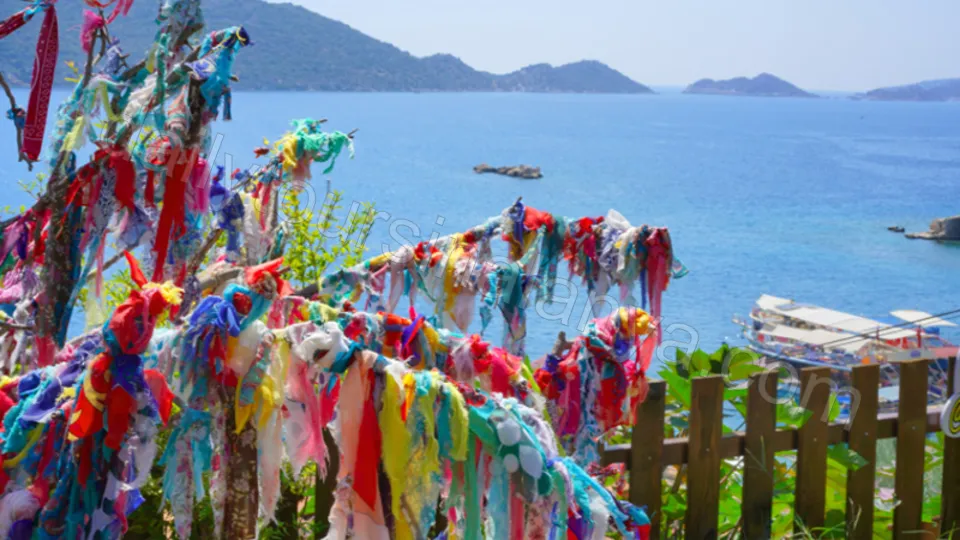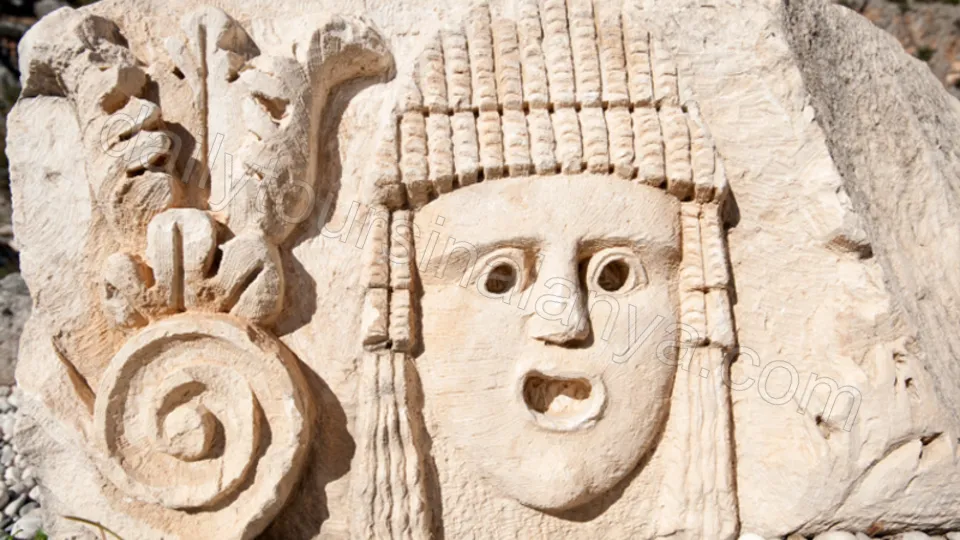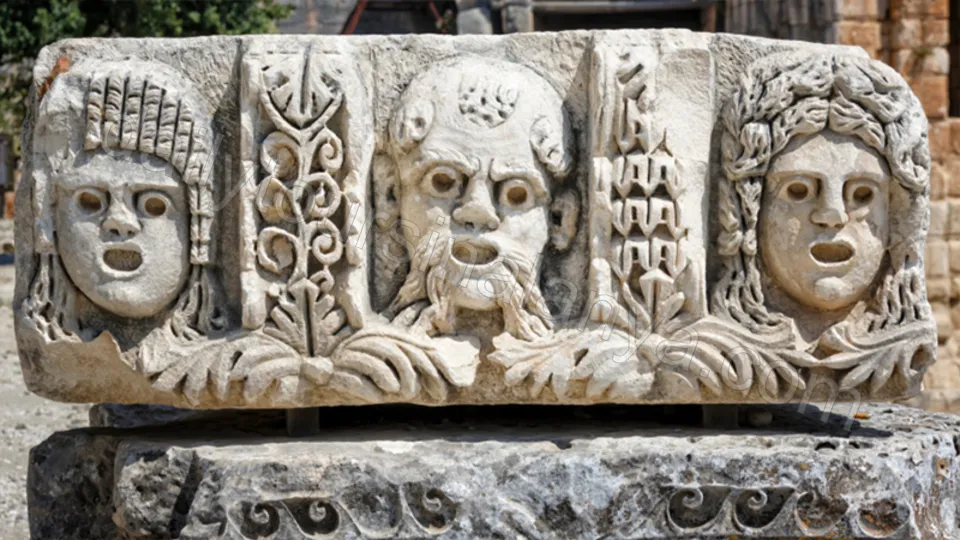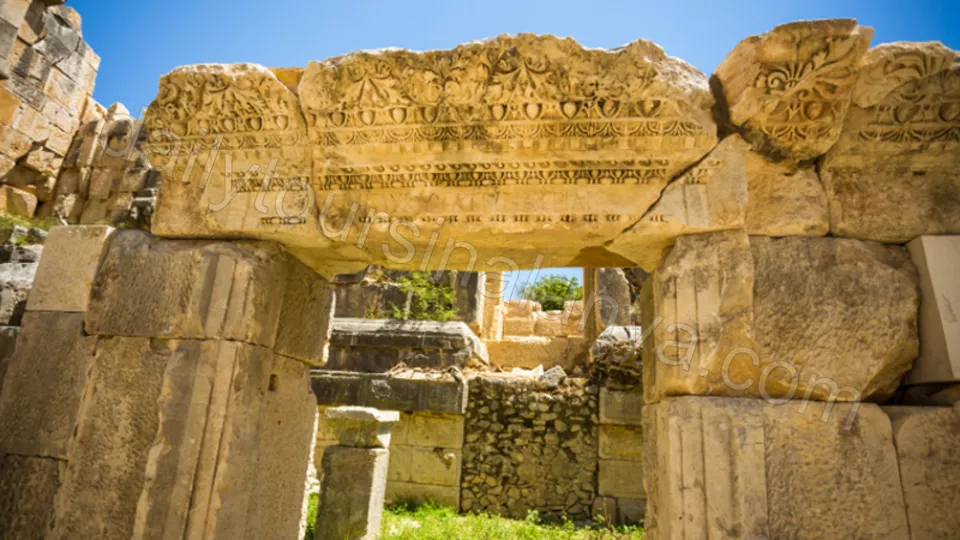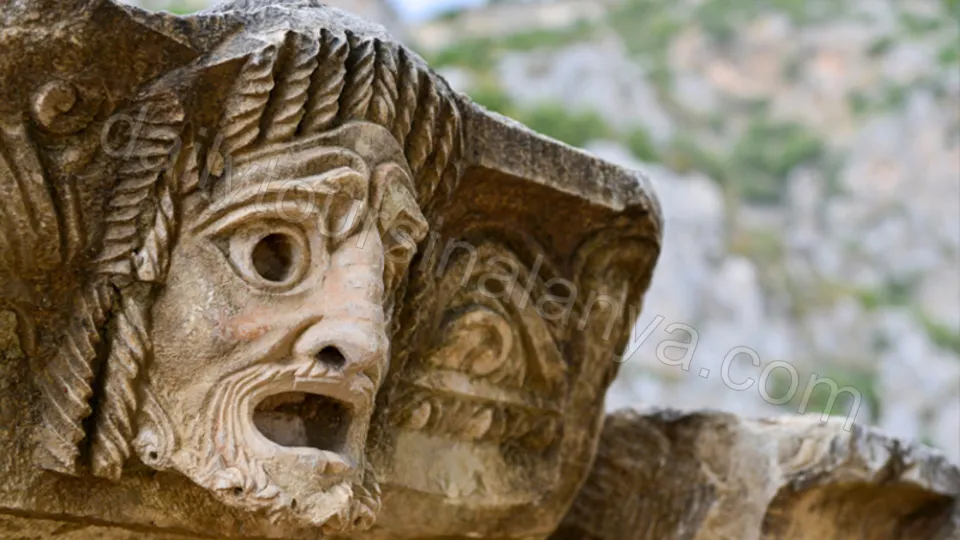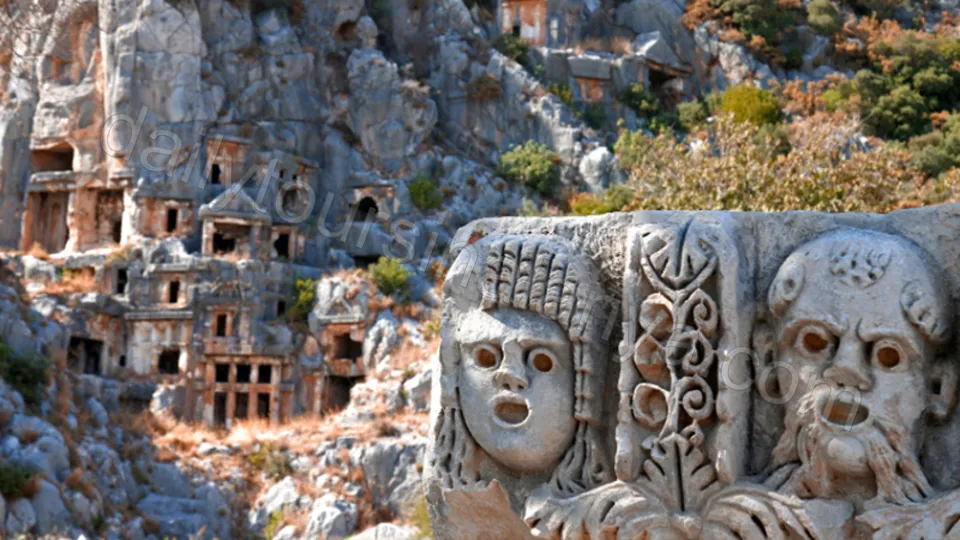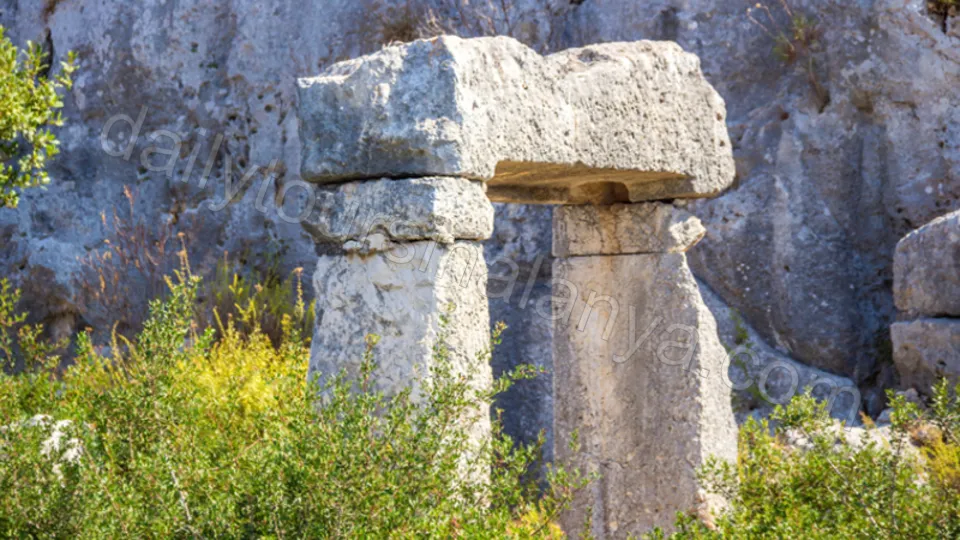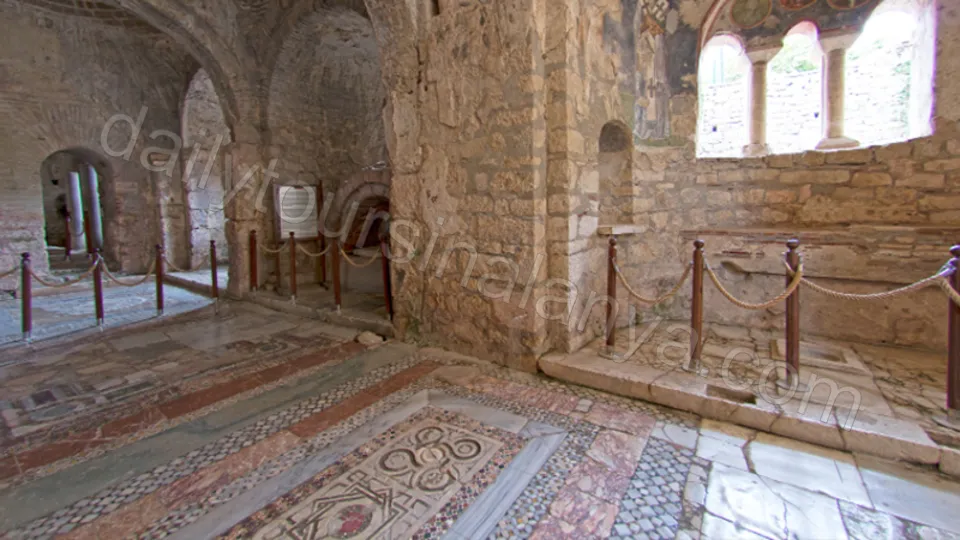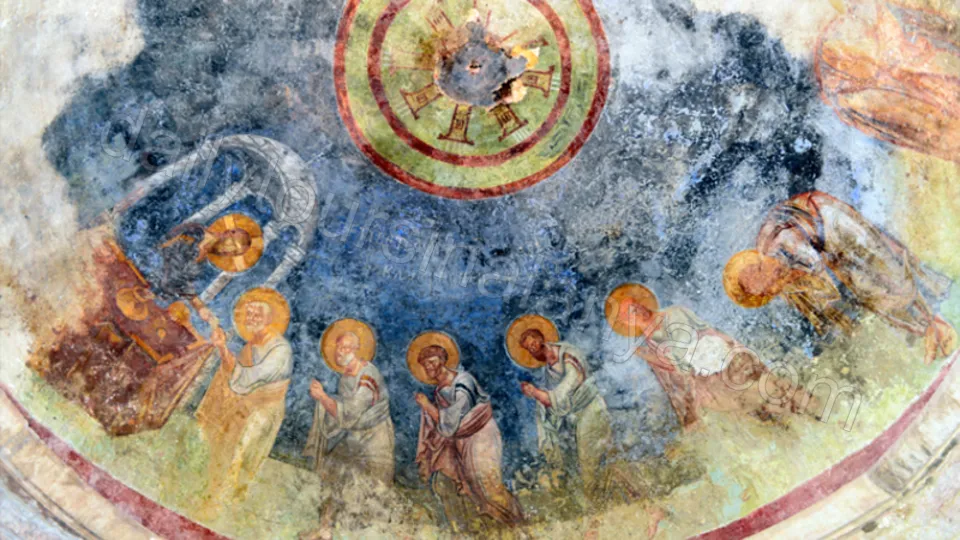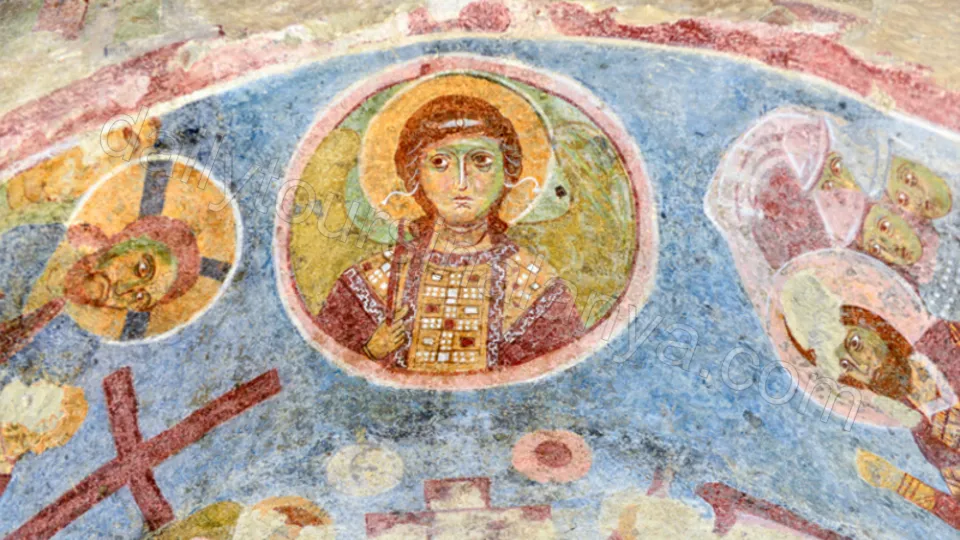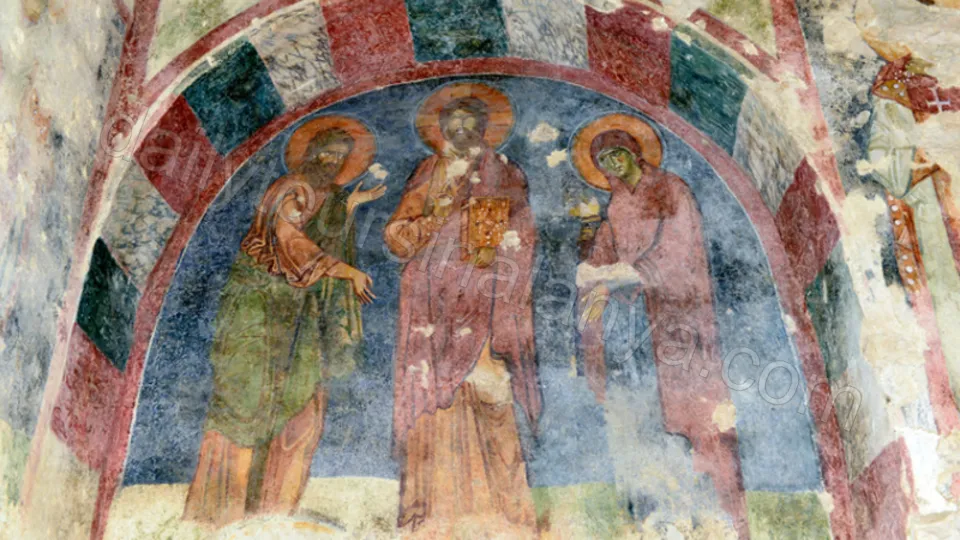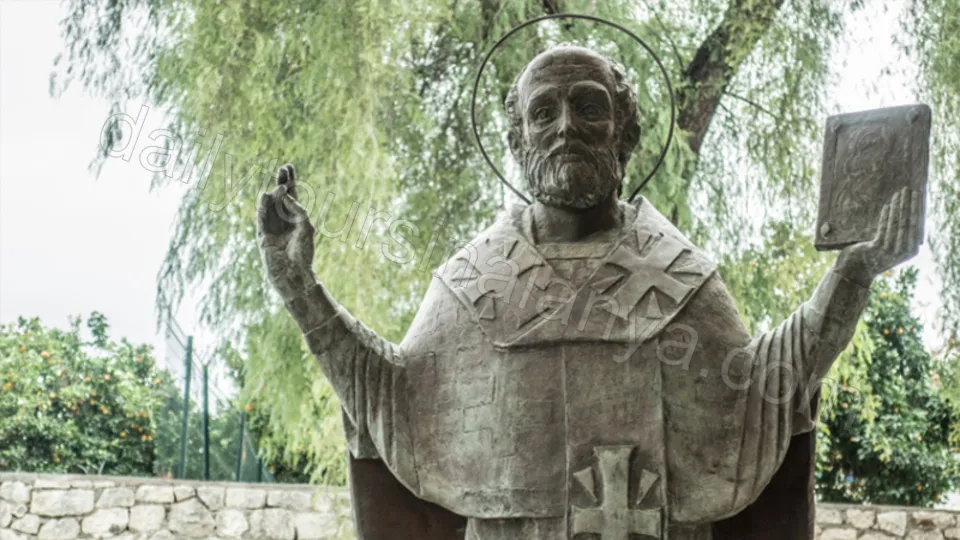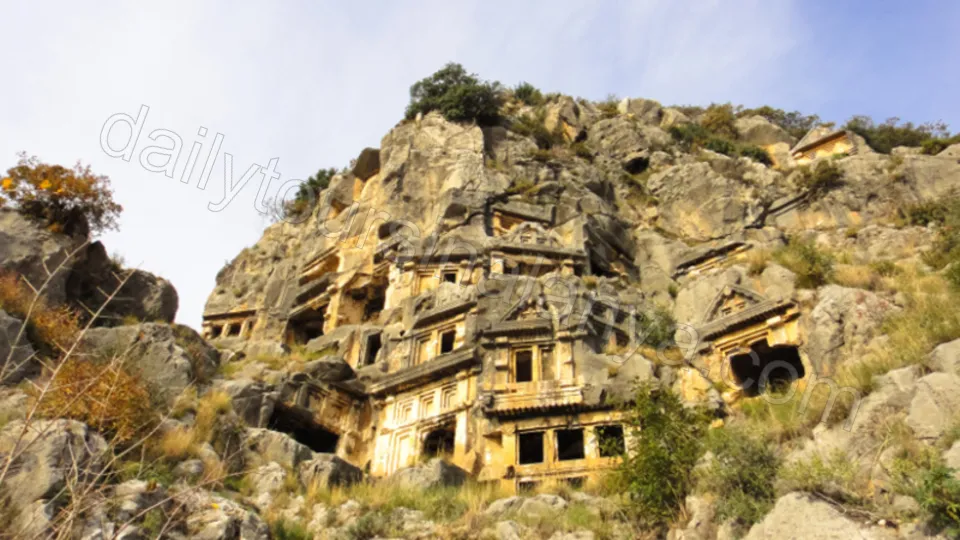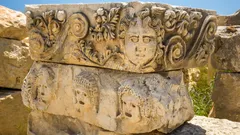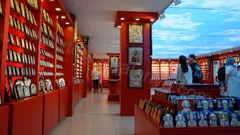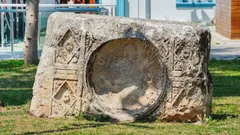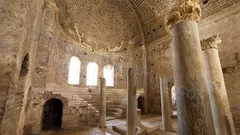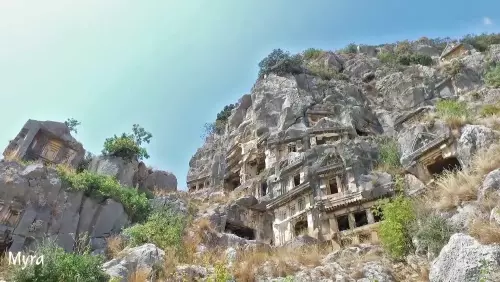Demre Kekova Myra Tour From Alanya Price
Standard Ticket
Red Ticket
| Tour Days | Wednesday, Sunday |
| Transfer | Transfer included |
| Total Tour Duration | 18 hours Transfer duration included |
| Pick up time | 02:30 (Approximately) |
| Tour Begins at | 10:00 |
| Drop-Off Time | 20:30 (Approximately) |
| Instant Confirmation | Yes |
| Included | Standard Ticket: Transportation, professional guide, lunch, boat tour ticket Red Ticket: Standard ticket + Myra Ancient City entrance fee + St. Nicholas (Santa Claus) memorial museum entrance ticket |
| Excluded | Personal expenses, drinks |
| Bring with You | Camera, hat, sunglasses, swimsuit, towel, underwater camera if available |
| Tour Guide | En, De, Tr, Ru |
Tour Program
- Hotel pick-up in Alanya and departure towards Demre.
- Breakfast stop in Demre (may vary by package).
- Visit Myra Ancient City and the impressive Ancient Theatre.
- See the famous Lycian Rock Tombs with a photo break.
- Visit the Metropolitan Church area in Myra.
- Visit the St. Nicholas (Santa Claus) Church in Demre.
- Lunch break.
- Approx. 2-hour boat tour in the Kekova region.
- Scenic cruise over the Sunken City of Kekova (viewed from the boat).
- Route around Kekova Island for coastal views.
- Swimming break at Gökkaya Bay (depending on sea/weather conditions).
- Photo stop and free time by the shore of Simena (Kaleköy).
- Return to Alanya and drop-off at hotels.
Experiences
- Cruise above the Sunken City of Kekova and enjoy panoramic views of the submerged ruins from the boat.
- Visit the St. Nicholas (Santa Claus) Church and discover one of Demre’s most iconic cultural landmarks.
- Explore Myra Ancient City, including the Ancient Theatre and the famous Lycian Rock Tombs.
- Enjoy an approx. 2-hour Kekova boat trip to see beautiful Mediterranean bays and the coastline around Kekova Island.
Owerview
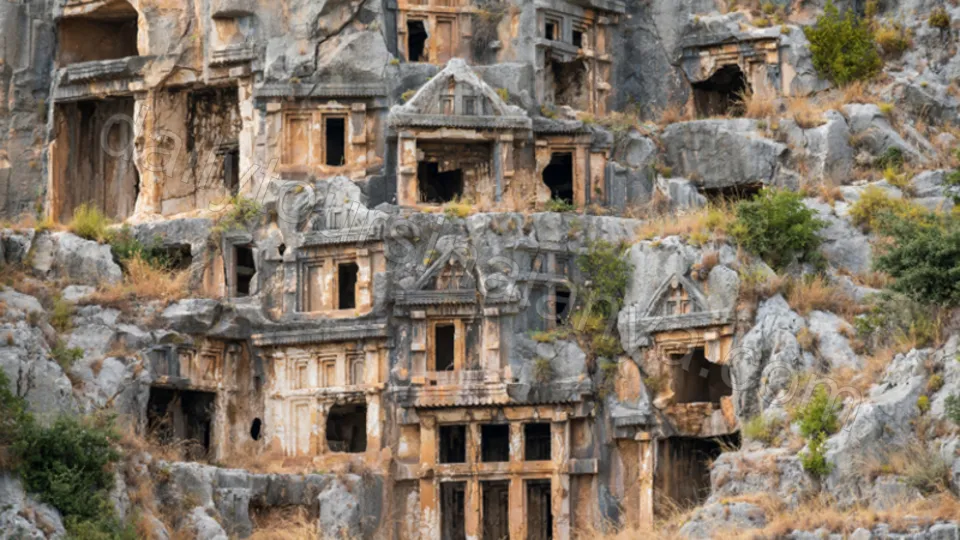
The Demre Myra Kekova tour from Alanya is one of the most unique day trips on the Mediterranean coast, combining ancient Lycian heritage with a scenic boat cruise in Kekova. In one itinerary, you can explore Myra Ancient City, the famous Lycian Rock Tombs, the St. Nicholas (Santa Claus) Church, and enjoy panoramic views of the Sunken City of Kekova. It’s an ideal choice for travelers who want culture, nature, and sea time in the same day.
A highlight of the trip is the 2-hour boat tour in the Kekova region. On a comfortable sightseeing boat, you cruise along beautiful bays, stop at scenic points for photos, and—when sea/weather conditions allow—enjoy a swimming break. Views of Kekova Island and the coastline are truly impressive from the water.
Now let’s take a closer look at the main stops included in the Demre Myra Kekova trip from Alanya.
Places to Visit on the Demre Myra Kekova Tour
Demre is famous for its cultural heritage and religious history. Because St. Nicholas served as a bishop here, the area is an important destination for Christian heritage travel. Myra’s ancient remains and the rock-cut tombs around Demre are also must-see highlights for anyone interested in Lycian civilization.
Below you’ll find the key locations covered on the Demre Myra Kekova tour from Alanya, explained in a clear and visitor-friendly way.
Myra Ancient City

Myra Ancient City is one of the most remarkable settlements of the Lycian region. Inside the site, you can see traces of the ancient city layout, tomb areas, and architectural remains that reflect different periods. The sarcophagi and the rock tomb landscape make Myra especially memorable.
Myra Ancient Theatre

The Myra Ancient Theatre is among the best-preserved structures in the region. Built on earlier Lycian foundations and later restored during the Roman era, it still looks impressive today. Its seating rows and stage details are a major highlight of the Myra visit.
Lycian Rock Tombs

The Lycian Rock Tombs are an iconic symbol of the Demre–Myra area. Lycian beliefs about the afterlife influenced the way tombs were carved into the cliffs with detailed façades. Thanks to the region’s limestone formations, stone craftsmanship developed strongly here, and many tomb fronts feature column-like shapes and triangular pediments.
Kekova Island Boat Tour

The Kekova boat tour is the sea-focused part of the day trip. You cruise along calm, photogenic bays with turquoise water and enjoy the coastline from a different perspective. Depending on conditions, there may also be short breaks for relaxation or swimming.
Sunken City of Kekova (Dolichiste) – Boat Viewing

The Sunken City of Kekova is one of Turkey’s most fascinating coastal sights. During the panoramic boat viewing section, you can observe underwater ruins close to the shoreline. As the area is protected, the visit is typically a “view and photograph from the boat” experience.
St. Nicholas (Santa Claus) Church

The St. Nicholas Church is a signature landmark in Demre. Due to St. Nicholas’ life and legacy, the church attracts visitors interested in history, culture, and religious heritage. Architectural details and interior elements stand out during the visit.
Why Is St. Nicholas Linked to “Santa Claus”?

Stories about St. Nicholas helping the poor and protecting children spread across centuries and cultures. Over time, these narratives evolved and became connected with the modern “Santa Claus” figure. While today’s Santa image is shaped by popular culture, St. Nicholas’ historical heritage in Demre remains a powerful symbol of the region.

